How to get there
Related venue/project more...
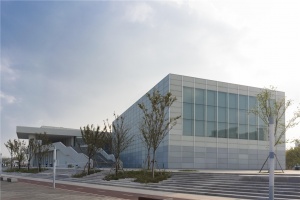
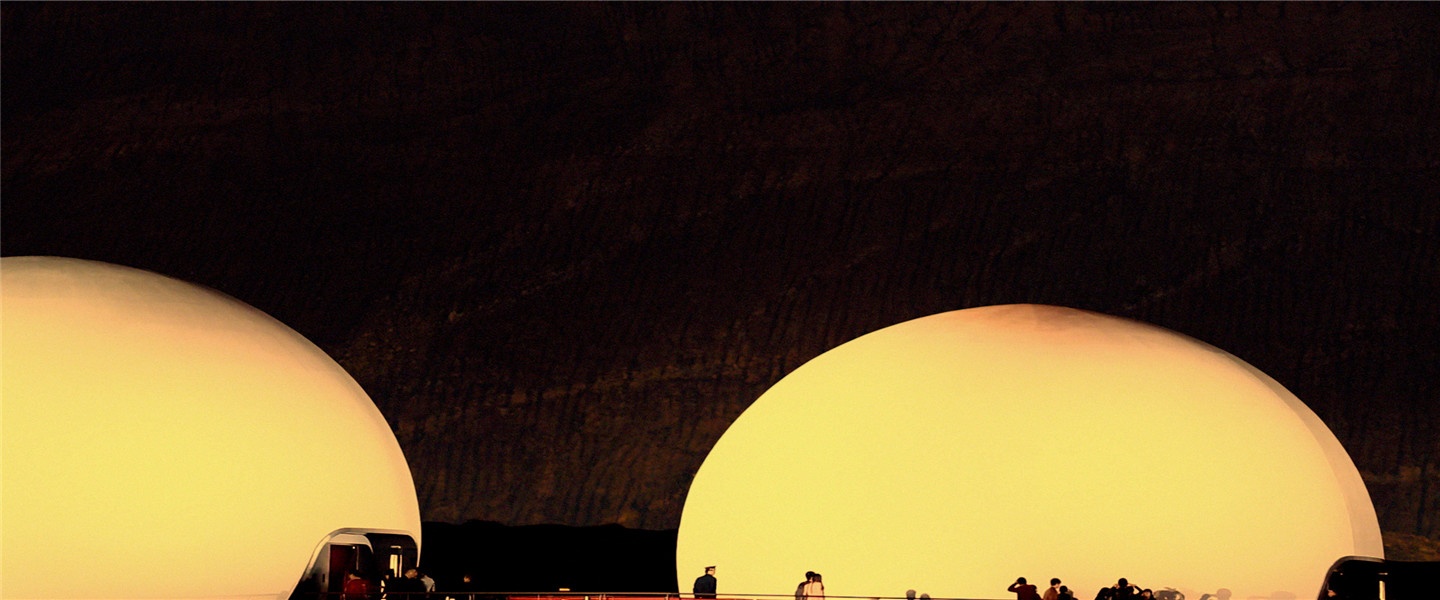
|
|
| Exhibition: |
Observations Hightlights of the Centre Pompidou New Media Collection |
|---|---|
| Time: |
08/11/2019– 30/08/2020 |
| Location: |
Gallery 1, West Bund Museum |
| Curator: | Marcella Lista |
“Observations” is the first of a series of exhibitions devoted to the various sections of the permanent collection at the Musée National d’Art Moderne, Centre Pompidou. It features 15 artists from the New Media collection, with works from the early days of video, at the turn of the 1970s, through to contemporary experiments with digital imagery.
As an act of knowledge, observation has always been a mainspring driving the development of arts and sciences. In either domain, it consists in focussing the gaze to achieve an attentive perception of things in order to question not only the changes they undergo but also the development of the tools we study them with. “Machines of vision” such as telescopes, microscopes and cameras can influence our representations of the reality they open up to us and contribute to giving them their unique shape. As such, they contribute to cultures of observation.
The analogue camera lens provided our eyes with a sophisticated instrument to support human vision by concentrating our attention thanks to a constructed frame and perspective. With digital technology, the transformation of images into strings of coded data has shaken up the visual systems of representation which have accompanied the constitution of a body of knowledge since the invention of photography in the early 19th century. Images no longer need an author or even a human viewpoint; they access reality via their own path and produce other forms of knowledge.
Employing a retrospective eye, this exhibition reveals how artists have approached and embraced these developments. Starting with early real-time images produced by television through to the debate on intimacy in public places brought about by increasing camera networks, from aesthetic contemplation where the sense of time seems to be suspended, to the transformation of real images by big data, the exhibited works playfully and poetically stretch and repurpose the media, exercising critical lucidity. They speak of our capacity to gaze, pay attention, and create new conditions for a visual experience, to write alternative accounts of the world.
Featuring a variety of works in a non-linear pathway that leaves room for visitors to take their own initiatives, this project has adopted an open approach, attentive to everybody’s role in the shared experience of images.
Tony Oursler, SWITCH, 1996
Tony Oursler’s work Switch (Theory vs Everyday Experience), (1995), welcomes the visitor and interrupts their visit both inside and outside the exhibition. His marionettes, simulacra and talking lamps assail visitors, or appear to be absorbed in solitary monologues. Taking up the full length of the building, they act out a drama tapping into play, performance, comedy and satire. Haunted by television footage and the infiltration of media into everyday life, these characters remind us that no visual experience can lead to an objective handle on things. Reality escapes them in a theatre of disembodied emotion, concepts without an object, and actions without purpose.
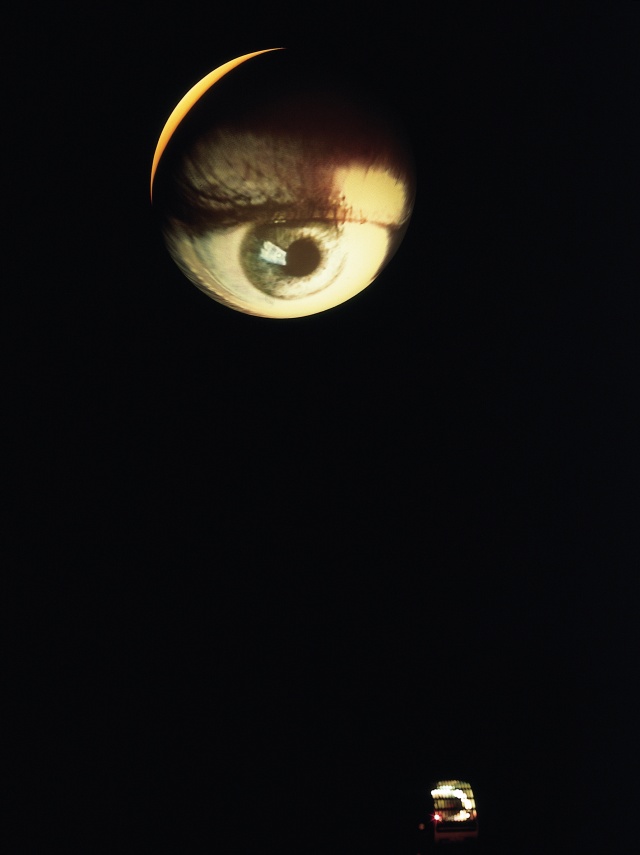
Tony Oursler, SWITCH (Theory vs Everyday Experience), 1996
Mixed media installation (detail)
Centre Pompidou, Paris, Musée national d’art moderne - Centre de création industrielle
© Tony Oursler
© Centre Pompidou, MNAM-CCI/Georges Meguerditchian/Dist. RMN-GP Paris
In the mid 1960s, video separated from film with the technical possibility of viewing footage filmed by cameras in real time. Laying claim to critical liberation from television and mass media, it soon became a tool for artists to explore an all-new dialogue between presence and outreach via footage. In many works dating from this time, the medium affords an opportunity to play with mirrors, with the artist, and sometimes the visitor, getting to experience having a double. Pioneering works by Peter Campus and Joan Jonas, from the early 1970s, use these self-observatory devices in various ways, placing the experience of a subject with a divided conscience in the foreground. As a proponent of such experiences, Bruce Nauman has produced an introspective meditation on the work of an artist in his opus magnum Mapping the Studio, an emblematic work from the early Noughties. The raw material is entrusted to cameras in charge of filming his workshop during the night, collating a score of micro-events. You can hear the work 4’33’’ (1952) by John Cage, the first ever invitation to define a musical work as a mere listening activity.
Bruce Nauman, Mapping the Studio II with color shift, flip, flop & flip/flop (Fat Chance John Cage), 2001
Throughout the 1970s and 1980s, Bruce Nauman produced a large number of experimental performances in his studio. For this work, he filmed his studio for one hour each night for forty-two nights. He turned on the camera and let it run like a telesurveillance video. The image is not framed and the sound consists of silence and nocturnal noises. The artist, who makes a furtive appearance to recharge the camera battery, disappears as the author: he lets the work construct itself randomly, in accordance with the course of things. Spectators are plunged into the video environment and must move from one screen to another in order to "edit the projections".
ALSO SHOWCASED IN THIS SECTION
Peter Campus, Interface, 1972
Rineke Dijkstra, I see a Woman Crying (Weeping Woman), Tate Liverpool, 2009–2010
Rineke Dijkstra was inspired to make this video installation by school group visits to museums. Filmed by three cameras, nine children positioned precisely engage in intense discussion about a painting that remains absent from the image and is not named until the end of the projection. The painting in question is La Femme en pleurs [The Weeping Woman] (1937) by Pablo Picasso, a portrait of Dora Maar, anxious and in tears. The painting achieves a universal dimension through the descriptions, analyses and discussions of these budding young critics that the camera observes as they observe the painting.
ALSO SHOWCASED IN THIS SECTION
Thierry Kuntzel, Echolalia, 1980
Zhou Tao, The wordly cave, 2017
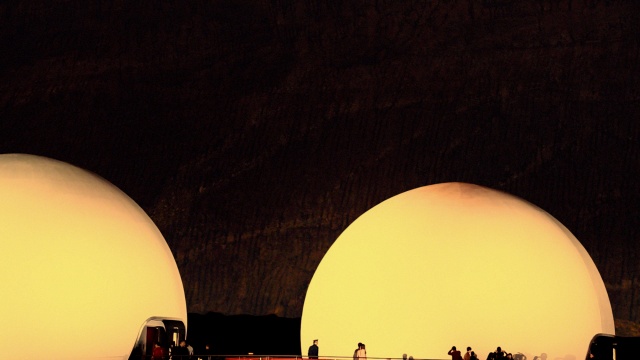
Zhou Tao, Fán Dòng (The Worldly Cave), 2017
Audiovisual installation
Centre Pompidou, Paris, Musée national d’art moderne - Centre de création industrielle
© Zhou Tao
© Courtesy of the artist and Vitamin Creative Space
Mona Hatoum, Corps étranger [Foreign Body], 1994
In her video installation Corps étranger [Foreign Body], Mona Hatoum invites the spectator on an intrusion into her personal intimacy: a video filmed with an endoscopic camera explores the surface and cavities of her face. The images are enlarged and projected in a circle on the floor of a cylindrical structure, to the sound of heartbeats. The work refers us to the notion of surveillance and the correlation between gaze and power. The artist said: "I wanted to make people feel the impression that the body becomes vulnerable before the scientific eye that probes it, invading its frontiers and transforming it into an object".
ALSO SHOWCASED IN THIS SECTION
Dan Graham, Cinema 1981, 1981
Zhang Peili, Uncertain pleasure, 1996
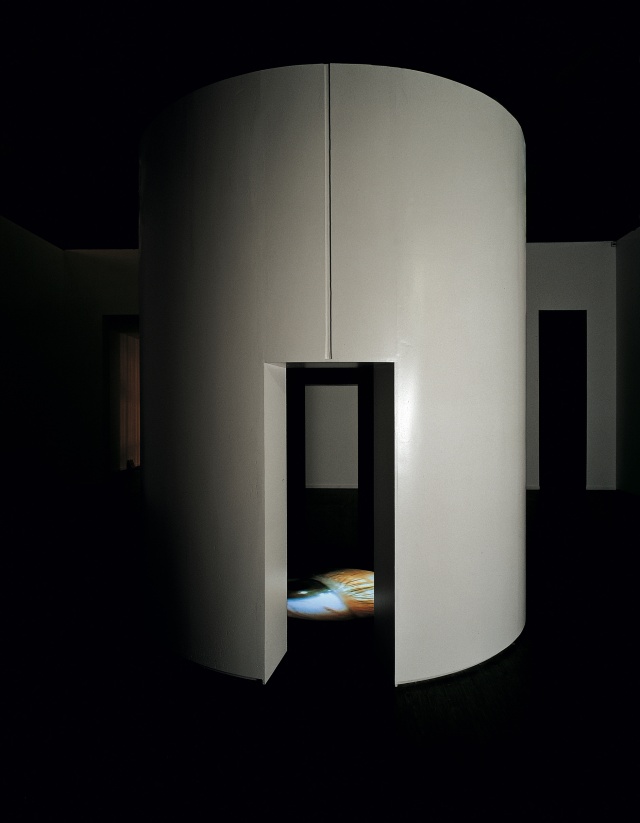
Mona Hatoum, Corps étranger, 1994
Video installation with cylindrical wooden structure, video projector and player, amplifier and four speakers
350 x 300 x 300 cm (137 3/4 x 118 x 118 in.)
Installation view at Centre Pompidou, Paris
Centre Pompidou, Paris, Musée national d’art moderne - Centre de création industrielle
©Mona Hatoum. Courtesy
©Centre Pompidou, MNAM-CCI/Philippe Migeat/Dist. RMN-GP
Cui Xiuwen, Underground 2, 2002
Cui Xiwuen focusses on the profound upheavals in contemporary Chinese society. In her work she tackles societal questions like stereotypes based on identity and gender, or more private matters like femininity and sexuality. For Underground 2 she filmed a woman in the underground. The images seem to have been shot without her knowing, evoking surveillance systems and the omnipresence of mobile phones. Sometimes the woman lets her eyes wander, paying attention to the other passengers, sometimes she is self-absorbed. Dressed in red, sitting in the midst of a more inconspicuous crowd, her presence takes on the status of an involuntary protagonist in the everyday life of a bustling contemporary Chinese metropolis.
ALSO SHOWCASED IN THIS SECTION
Harun Farocki, Contre chant, 2004
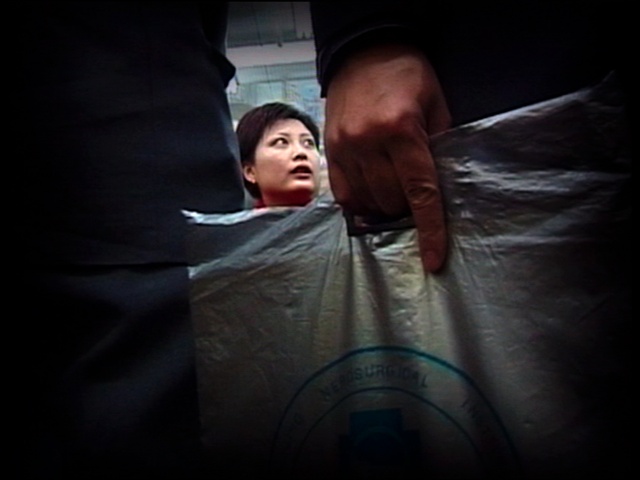
Cui Xiuwen, Underground 2, 2002
Digital videotap
Centre Pompidou, Paris, Musée national d’art moderne - Centre de création industrielle
©Cui Xiuwen
©Centre Pompidou, Paris, Musée national d’art moderne - Centre de création industrielle
Hito Steyerl, Red Alert, 2007
As an artist with a critical practice of the documentary form, Hito Steyerl focuses on media and hidden structures, like artificial intelligence, that fashion everyday reality. Red Alert takes the form of a triptych of vertically positioned video screens showing bright red monochrome images. Steyerl "digitally" reactivates the famous triptych by Russian artist, Alexander Rodchenko, Pure Red Color, Pure Blue Color, Pure Yellow Color (1921), considered to be both the essence and the end of painting. Red Alert questions this avant-garde moment when abstraction was seen as the most appropriate way of representing reality.
Ryoji Ikeda, data.tron, 2007
Ryoji Ikeda is one of the founders of the interdisciplinary Japanese group, Dump Type. His work has developed between sound creation and video using an acute computer research. In data.tron, each pixel in the image is calculated using a precise algorithmic plan. The work reproduces and invites us to contemplate the world as a "vast sea of data", in the words of the artist. The sound texture is produced using infinite superimposed layers of computer-generated sound. Frequencies at the limit of the human ear, taken in a tense beating tempo, absorb the spectators in a flow of sound and light.
ALSO SHOWCASED IN THIS SECTION
Claude Closky, Premier plan, 2015
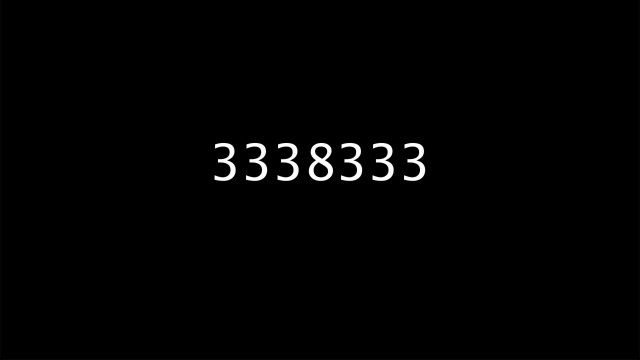
Claude Closky, ÔÇÿButterfly, ÔÇÖ 2017, pad, video, Processing executable file, unlimited duration. Still 3338333
Centre Pompidou, Paris, Musée national d’art moderne - Centre de création industrielle
© Claude Closky
© Courtesy Galerie Laurent Godin, Paris; Mehdi Chouakri, Berlin
Peter Campus, Claude Closky, Cui Xiuwen, Rineke Dijsktra, Harun Farocki, Dan Graham, Mona Hatoum, Ryoji Ikeda, Joan Jonas, Thierry Kuntzel, Bruce Nauman, Tony Oursler, Hito Steyerl, Zhang Peili, Zhou Tao

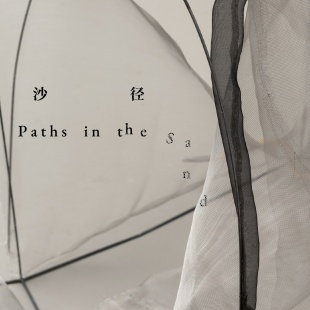
Hu Xiaoyuan: Paths in the Sand
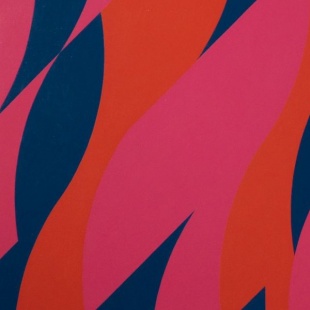
Women in Abstraction
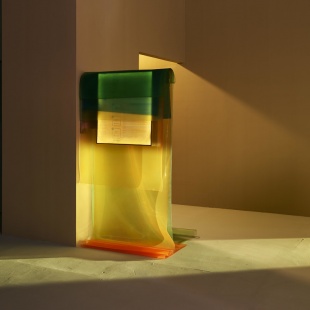
Chen We: Make me illusory
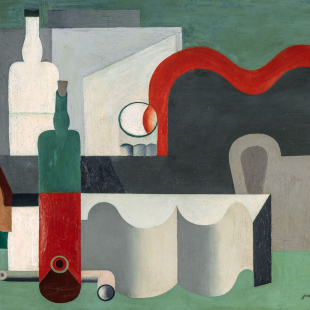
The Voice of Things-Highlights of the Centre Pompidou Collection vol.II
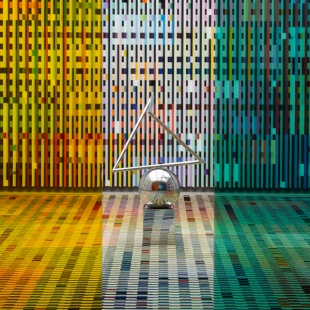
Living Images
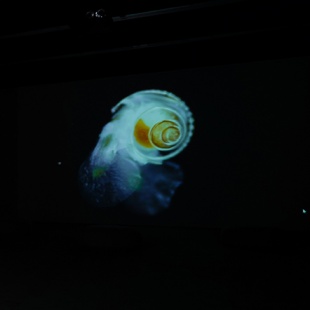
Laurent Grasso
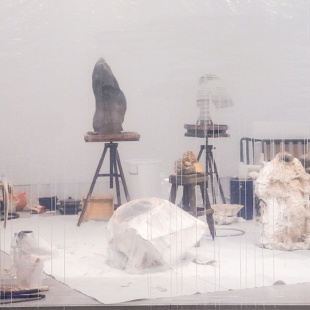
Yu Ji Spontaneous Decisions II
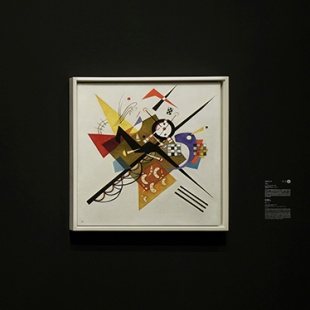
Kandinsky The Pioneer of Abstract Art
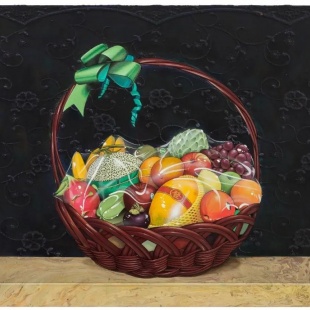
Chen Fei: Morning Market
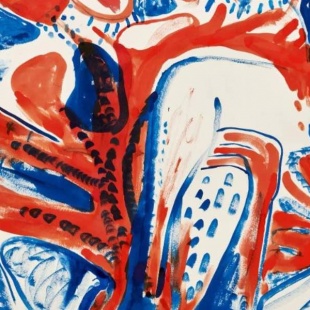
Works on Paper
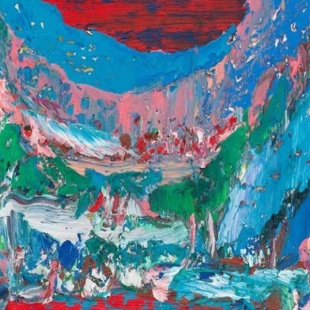
Yin Zhaoyang: A Vast History
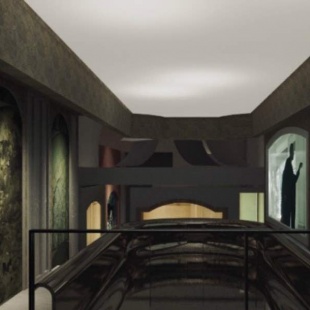
Sheng Zhang-Solo Exhibition of Chen Yujun